1. Garrett Morgan – The Man Who Made Our Roads Safer
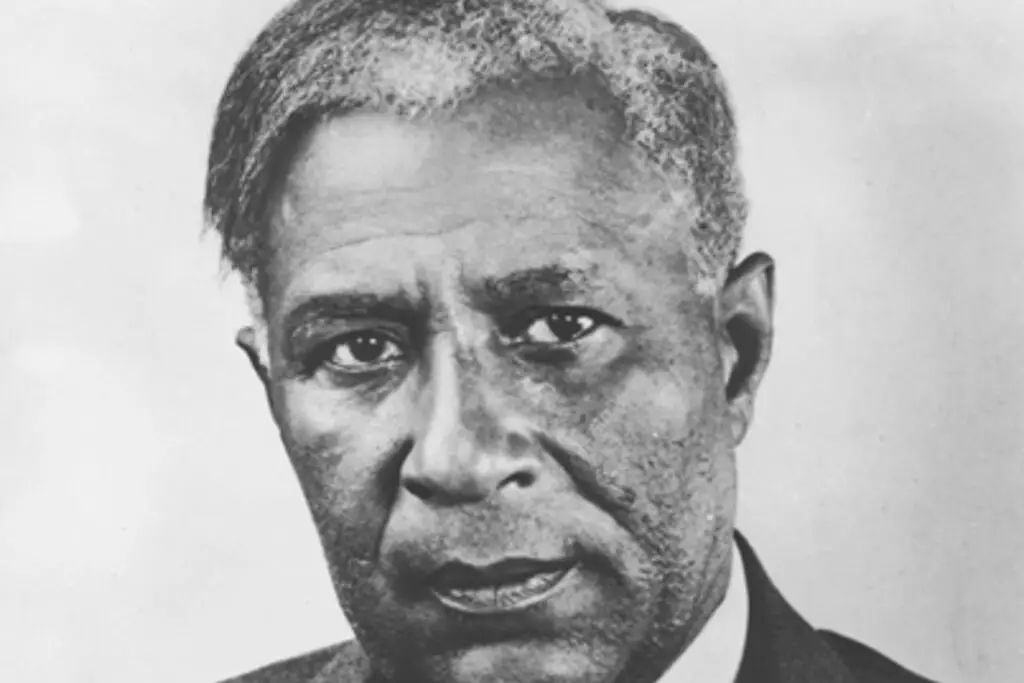
Garrett Morgan was one of those inventors who saw a problem and figured out how to fix it. Born in 1877 to formerly enslaved parents, he had only a sixth-grade education but a natural knack for mechanics. One of his biggest contributions was the three-position traffic signal. Before Morgan’s invention, traffic signals only had two settings: stop and go. That might sound fine, but it led to a lot of accidents when people didn’t have a warning before the light changed. Morgan’s design introduced the yellow light as a buffer, making intersections much safer. He patented it in 1923 and later sold it to General Electric for $40,000—a huge sum at the time. But that wasn’t his only invention. He also created a gas mask that saved lives during World War I and was used by firefighters and rescue workers. In fact, his breathing device helped rescue workers save miners trapped in a toxic gas-filled tunnel under Lake Erie in 1916 says Biography.
Despite his success, Morgan still faced discrimination. He often had to hire white actors to demonstrate his products because customers wouldn’t buy from a Black man. Even when his gas mask proved its worth in real life, many people refused to acknowledge him as its creator. But Morgan didn’t let racism stop him from innovating. He opened a Black newspaper, The Cleveland Call, to give his community a stronger voice. He also fought for Black businesses and civil rights. Today, every driver owes him a thank-you for making traffic lights safer. And if you’ve ever stopped at a yellow light instead of rushing through, you can thank Garrett Morgan for giving you that extra moment to think.
2. Madam C.J. Walker – The First Self-Made Female Millionaire
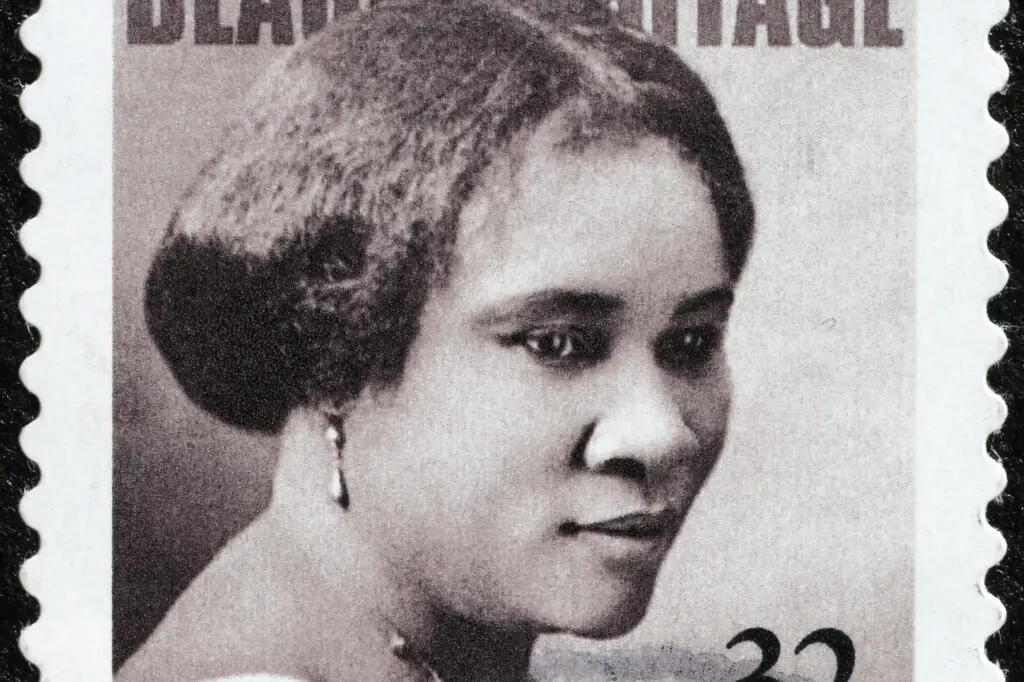
Madam C.J. Walker’s story is straight-up inspiring. Born Sarah Breedlove in 1867, she was the first in her family to be born free, but life was still incredibly hard. She worked as a laundress, barely making a dollar a day, and suffered from severe scalp issues that led to hair loss. At the time, hair care products for Black women were nearly nonexistent, so Walker decided to create her own. She developed a line of shampoos, conditioners, and hair-growth treatments that completely changed the game. Her “Walker System” didn’t just help with hair health—it gave Black women confidence. She traveled the country selling her products, giving demonstrations, and even training other women to run their own businesses. By 1910, she had built a massive beauty empire, complete with a factory and a beauty school explains Street Sense Media.
Walker didn’t just stop at making money—she made sure to give back. She used her wealth to support Black charities, fund scholarships, and advocate for civil rights. She was an outspoken supporter of the NAACP and donated to anti-lynching campaigns. Even in her personal life, she defied norms, living in a mansion in an upscale neighborhood where she made sure her presence was felt. When she passed away in 1919, she left behind a legacy of empowerment. Today, the beauty industry still feels her impact, and countless Black entrepreneurs credit her for paving the way. Walker proved that success isn’t just about making money—it’s about lifting others up along the way.
3. Lewis Latimer – The Hidden Genius Behind the Light Bulb
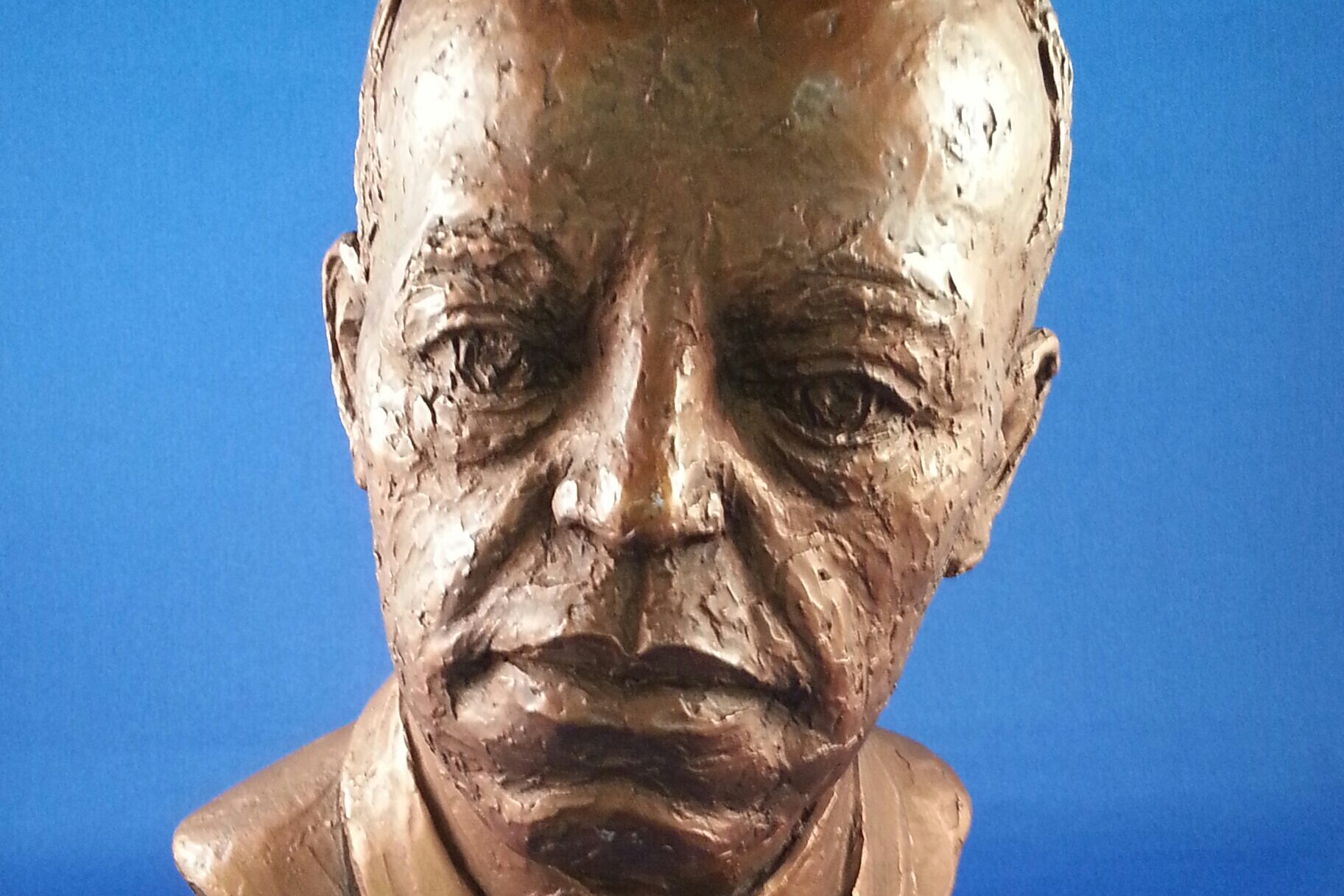
Lewis Latimer doesn’t always get the credit he deserves, but without him, our homes might not be as bright as they are today. Born in 1848 to parents who had escaped slavery, Latimer had a natural talent for engineering. He worked with some of the biggest names of his time, including Alexander Graham Bell and Thomas Edison. While Edison gets most of the fame for the light bulb, it was Latimer who figured out how to make it last longer. The early versions of the light bulb burned out quickly, making them impractical for everyday use. Latimer’s invention of a carbon filament changed that, allowing light bulbs to glow for much longer without burning out adds the New York Times.
His work didn’t stop there. Latimer was also a key player in the development of telephone technology, helping Bell draft the patent for the telephone. He later became a top expert in electric lighting, writing a guide on how to install and maintain streetlights. Despite all his contributions, he often had to fight to get recognition in a world that wasn’t ready to acknowledge a Black inventor. But Latimer kept pushing forward, even becoming the only Black member of the Edison Pioneers, a group dedicated to advancing electric light technology. His legacy lives on every time you flip a light switch without thinking twice.
4. Marie Van Brittan Brown – The Woman Who Invented Home Security
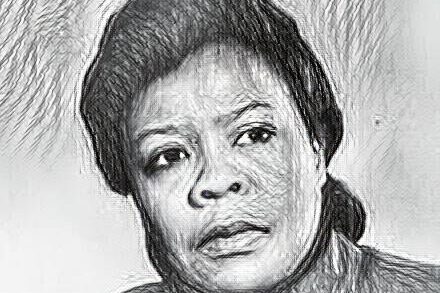
Marie Van Brittan Brown was ahead of her time. Born in 1922, she worked as a nurse, while her husband, Albert, was an electronics technician. Living in Queens, New York, she often felt unsafe when she was home alone. Instead of just worrying, she decided to do something about it. In 1966, she and her husband created the first home security system. Their design included peepholes, a camera, a two-way microphone, and even a remote-controlled lock. It was basically the blueprint for modern security systems. The idea was revolutionary, especially at a time when security systems were mostly used for businesses, not homes.
Brown’s invention paved the way for the security cameras and systems we rely on today. Her patent became the foundation for future advancements in surveillance technology. Without her, we might not have video doorbells or smart home security. Despite her major contribution, she didn’t receive the widespread recognition she deserved. But her legacy is felt every time someone checks their security camera from their phone. Brown’s work wasn’t just about technology—it was about creating peace of mind. She proved that innovation doesn’t always come from big companies; sometimes, it starts with one person trying to solve a problem in their own home.
5. Otis Boykin – The Man Who Made Pacemakers More Reliable

Otis Boykin’s work has literally saved lives. Born in 1920, he was an electrical engineer with a gift for problem-solving. One of his biggest inventions was an improved resistor, a tiny component that helps control electrical currents. His design made electronic devices cheaper and more reliable. That might not sound groundbreaking at first, but his resistors were used in everything from televisions to military equipment. His most life-changing contribution, however, was to the pacemaker.
Pacemakers help regulate heartbeats, and Boykin’s resistor made them significantly more dependable. Before his work, pacemakers were prone to failure, which could be fatal. Thanks to Boykin’s innovation, they became safer and more effective, saving countless lives. He didn’t stop there—he held over 25 patents for various electrical devices, including a burglar-proof cash register. Despite his genius, Boykin still faced racial barriers in the industry. But he kept pushing forward, proving that talent and determination could break down even the toughest walls. Today, anyone with a pacemaker owes him a debt of gratitude.
6. Alexander Miles – The Man Who Made Elevators Safer
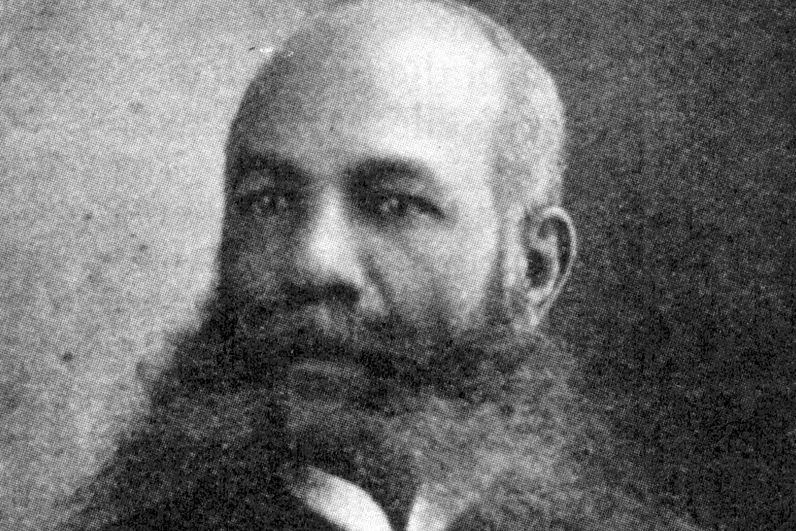
In 1887, Alexander Miles changed the way we ride elevators. Before his invention, elevator doors were often left open, and passengers could accidentally step into an empty shaft, causing serious accidents. Miles, an African American inventor and businessman, came up with a design that automatically closed the elevator doors when the elevator moved. His safety mechanism was a huge step forward in reducing elevator accidents and ensuring safer transportation in high-rise buildings. Miles patented his design in 1887, but his contribution wasn’t immediately recognized. He was one of the few Black inventors in a space dominated by white men, and it was often difficult for him to get the attention his work deserved.
Despite these challenges, Miles’ invention became standard in elevator systems around the world. Today, we take for granted the smooth, automatic doors we use in buildings every day, but it’s thanks to Alexander Miles that we can ride elevators without the fear of stepping into an open shaft. His work proved that even in an industry filled with challenges, Black innovators could find solutions that made life safer and more efficient for everyone. He may not have gained the fame of some other inventors, but his legacy is still visible in every elevator we use today.
7. Patricia Bath – The Doctor Who Revolutionized Eye Surgery

Patricia Bath made history not only as an inventor but also as a trailblazer in medicine. Born in 1942, Bath became the first African American woman to receive a medical patent, and she’s known for inventing the Laserphaco Probe, a device used to treat cataracts. Before her innovation, cataract surgery was a long and sometimes dangerous process, but Bath’s device made it safer, faster, and more effective. The Laserphaco Probe uses laser technology to remove cataracts with precision, making recovery times shorter and reducing the risk of complications.
Bath’s contributions go beyond her invention. She was also a pioneer in the field of ophthalmology, breaking barriers as the first woman to head a residency program in ophthalmology at the UCLA Medical Center. Her work in underserved communities, particularly with Black and Latino populations, helped ensure that more people had access to eye care. Bath’s achievements also led her to become an advocate for equal treatment in the medical field, especially for women and minorities. She wasn’t just saving eyesight; she was changing the way the medical community viewed diversity and inclusion. Her legacy continues to inspire future generations of doctors, particularly women of color, to aim for greatness in fields where they’ve been historically underrepresented.
8. Mark Dean – The Innovator Who Helped Create the Modern Computer

Mark Dean is one of the unsung heroes behind the technology we use every day. As a computer scientist, he was instrumental in the development of personal computers, and his work helped pave the way for the digital age. In 1980, Dean became one of the key figures in the creation of the first IBM personal computer. He designed the system’s architecture, making it more efficient and user-friendly. Without his innovations, personal computers might not have evolved the way they did. His work didn’t stop at that—Dean also invented the color PC monitor and was a part of the team that created the Industry Standard Architecture (ISA) system, which helped standardize computer hardware.
Despite his groundbreaking achievements, Dean didn’t always get the recognition he deserved. As an African American in a field dominated by white men, he faced obstacles but persisted in changing the world. He eventually became a chief engineer at IBM, holding multiple patents and continuing to innovate within the tech industry. Dean’s legacy isn’t just about the computers we use today—it’s about the potential for future generations to change the world. Thanks to Mark Dean’s contributions, we have more than just devices; we have a connected world. His story reminds us that Black innovators are critical to shaping our technological future.
